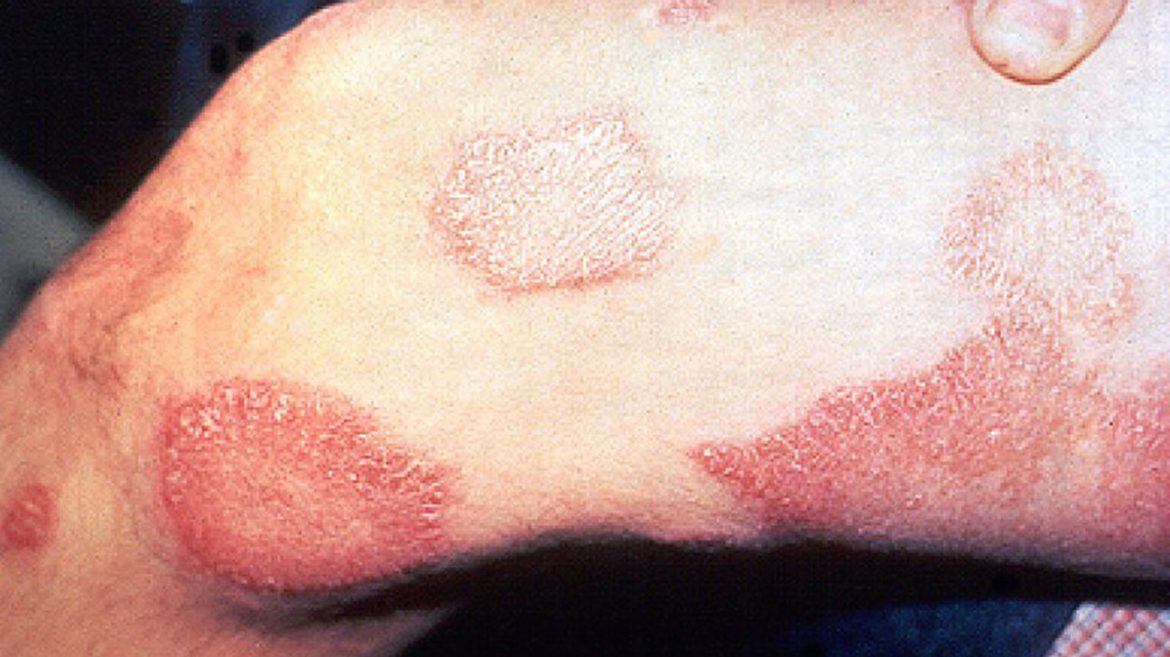Vitiligo is a skin condition in which the melanocytes, or cells that make the skin pigment melanin, cease generating pigment, resulting in white areas on the skin. Although many hypotheses have been proposed as to what causes this disease, very little is known about the specific cause. It can be hereditary, and a few nutritional deficiencies or stress, as well as chronic conditions like diabetes and hypothyroidism, can aggravate the problem and cause additional mental distress, but there are several myths associated with vitiligo that contribute to the social stigma that has restricted and hindered an individual’s normal way of life as well as his or her involvement in society.
Vitiligo is a skin condition that causes skin depigmentation. It is not dangerous or lethal. It affects about 0.5-1 percent of the world’s population and has an unjustified social stigma attached to it. Health experts have debunked myths such as vitiligo being caused by eating the wrong foods at the wrong times, such as drinking milk right after eating fish, or that people with vitiligo are mentally impaired, or that vitiligo is contagious and incurable.
Dr Purvi Shah, Consultant, Dermatology at Sir HN Reliance Foundation Hospital, addressed some prevalent beliefs in an interview with HT Lifestyle, including:
1. Vitiligo has been linked to leprosy and skin cancer.
This is a legend. Vitiligo is an auto-immune illness in which our own immune system targets pigment-forming cells (melanocytes), causing them to be killed and so producing less or no pigment.
2. Vitiligo exclusively affects the skin’s visible surface.
Vitiligo affects the underarms, genitals, palms, soles, and mouth.
3. Vitiligo has been observed in mixed-race parents.
No, it may affect anyone, although it is more frequent in people with a family history (30 percent inheritance)
4. Vitiligo is induced by a specific dietary combination, such as milk and onions.
No, eating does not influence Vitiligo, however it is suggested that persons with Vitiligo avoid foods that include food colouring.
5. Vitiligo is spreadable.
Vitiligo is not contagious. There is no need to avoid persons with Vitiligo; they are perfectly normal. Vitiligo is frequently associated with other auto-immune illnesses such as hypothyroidism, alopecia areata, and patchy hair loss.
6. Vitiligo can be treated by using particular oils and consuming specific foods.
No. Vitiligo is not readily treatable. It is, however, manageable. Certain therapeutic techniques, such as steroids, immunomodulator medications, Excimer laser, narrow band light, surgical skin grafting, and melanocyte transplant, can help a person with Vitiligo re-pigment.
7. It is simple to anticipate who will get Vitiligo and how severe it will be.
No. Vitiligo is unpredictable. It can only be diagnosed with a Woods Lamp, a biopsy, and a thorough history and examination. It is a sickness that can spread to other sections of your body over time.
Also Read: Four ‘neurological symptoms’ of vitamin B12 insufficiency – are you at risk?
1. Some lifestyle adjustments can help to improve or slow the growth of this illness.
2. Eat a healthy diet rich in micronutrients, omega 3 and 6 fatty acids, and antioxidants, such as green leafy vegetables, fruits, fish, beans, eggs, sprouts and tofu, and nuts.
3. Limit your consumption of sweets, processed foods, and red meat, as these raise oxidative stress in the body and can worsen vitiligo.
4. Stress-relieving activities such as yoga, meditation, music, and reading.
5. Switch vocations that need a lot of chemical use, such as mechanic or beautician.
Vitiligo is a skin condition that causes skin depigmentation. It is not dangerous or lethal. It affects about 0.5-1 percent of the world’s population and has an unjustified social stigma attached to it. Health experts have debunked myths such as vitiligo being caused by eating the wrong foods at the wrong times, such as drinking milk right after eating fish, or that people with vitiligo are mentally impaired, or that vitiligo is contagious and incurable.
Follow Medically Speaking on Instagram





